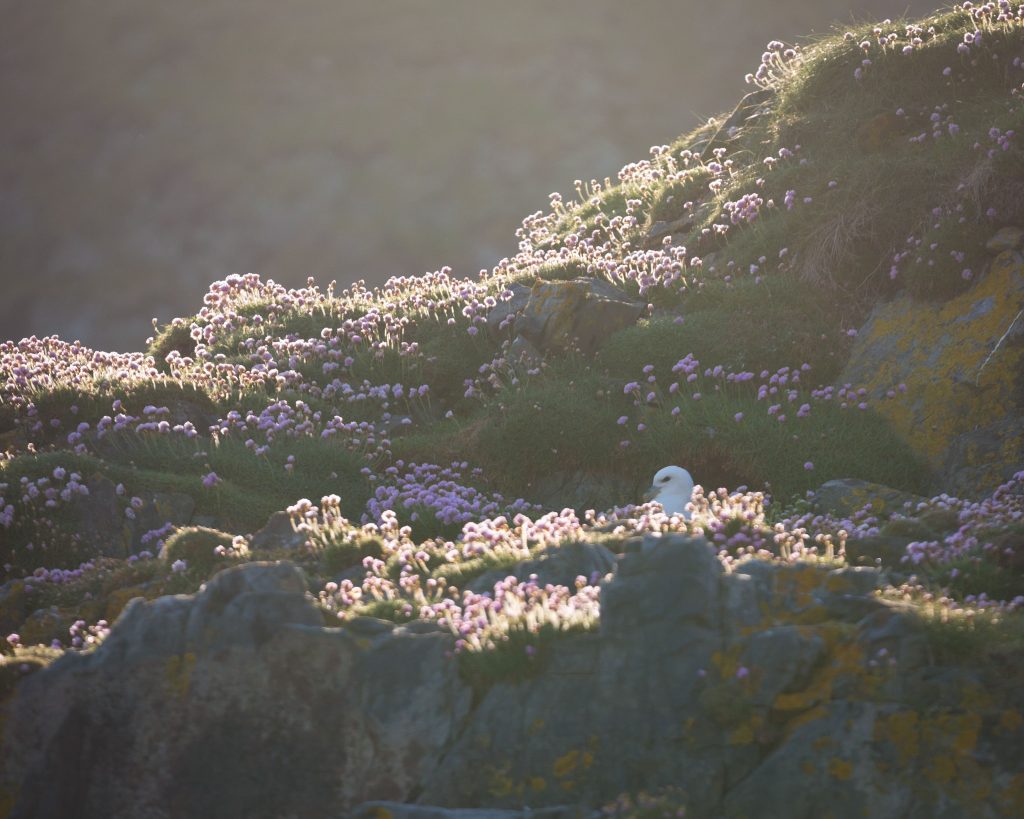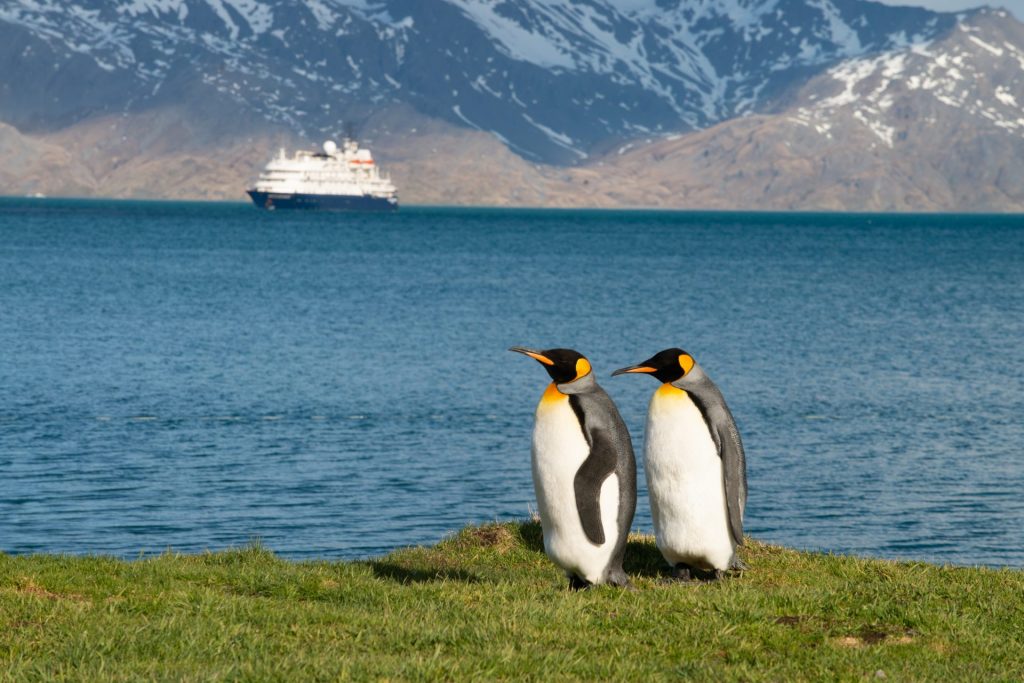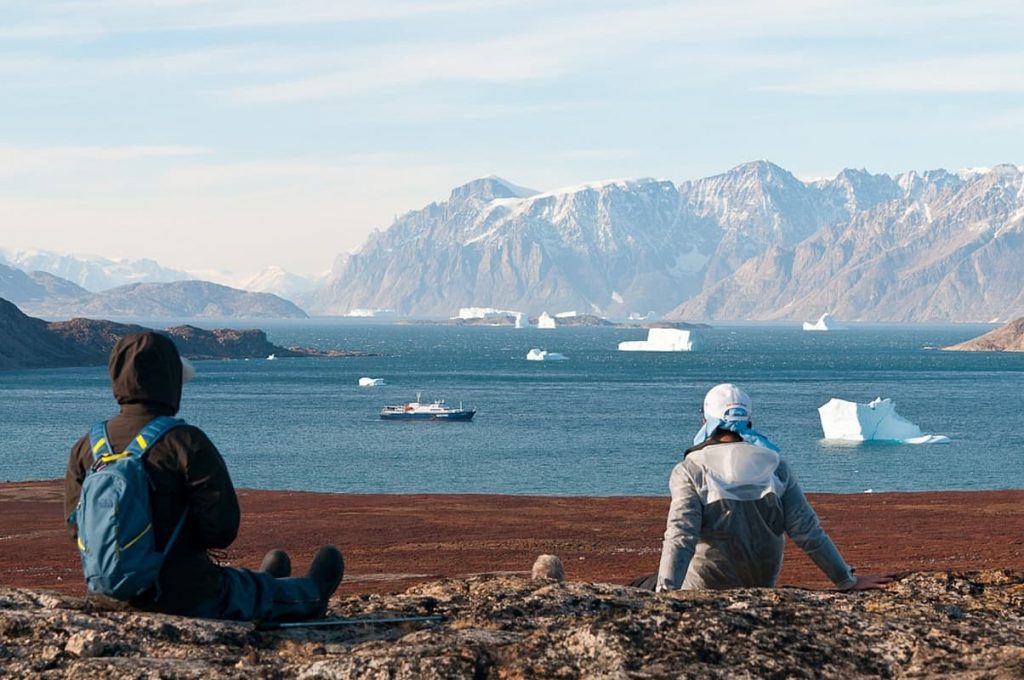
A trip to the poles will vary depending on the season, but we always prepare for wildlife encounters, personal contact with the environs, visiting sites of historical interest and to a lesser extent scientific stations. The actual program will vary to take best advantage of local conditions, spontaneous opportunities and wildlife. Experience in Antarctic waters shows us that a flexible program is essential when it comes to dealing with the published itinerary as a guide to some of our best opportunities.
There is always an element of the unexpected. When packing, don’t weigh yourself down with too many clothes or too much gear. Select informal, practical attire for your trip that can be worn in layers. Please ask for our Expedition Manual with detailed information on clothing lists, what to pack and what to expect on your voyage.
Read more about cruise preparation here!
To begin, Antarctica is a cold, windy, remote place in this world that deserves to be explored and experienced. This frozen world can be visited during the months of October to March. Traveling to Antarctica is not the simplest task but, with a trustworthy company planning and guiding your trip, the journey and travel to your destination will add to your overall Antarctica experience! As soon as you arrive in Antarctica, you will be welcomed by the incredible blue skies, massive icebergs and fresh waters. It’s important to do your research and know what you are getting yourself into – but don’t worry, you’re getting yourself into a journey you won’t regret! Your Antarctica experience will be nothing short of incredible. Yes, it’s cold, but it’s so much more than that! Once you find the right tour for you, your trip will be guided and planned for you but it’s up to you to be ready for the voyage!

In order to get your full Antarctica Experience, you should know the basics. Antarctica is an extremely large ice covered continent and is one of the world’s most remote destinations. The ice on Antarctica is at least a mile thick, so there is no way to fall through. Antarctica only has two seasons that occur, which are summer and winter. There are no permanent residents living in Antarctica, only researchers, scientists and tourists are present on Antarctica during the months of November through March, although some researchers stay during the harsh winters. During April through October, it’s almost impossible for ships to pass through the ice and the temperatures drop dangerously low. Antarctica contains 90% of the worlds fresh water but Antarctica is considered a polar desert since it doesn’t rain or snow
If all the ice in Antarctica were to melt, sea levels would rise significantly everywhere in the world. It’s important for the world to know how global warming affects a place like Antarctica because the affects with effect the rest of the world. If global warming is a topic that interests you, then it will be a great topic to understand and learn more about while your living your Antarctica experience! Your tour guides should have plenty of information and knowledge about the effects of global warming.
Here is a website to help explain the effects of global warming!
Yes, Antarctica is the coldest place in the world. Temperatures are typically below zero for the majority of the year. The unique thing about the cold is that it can bring a sense of clarity, awaken your senses and engage your mind for the better. Being fully present and open to the journey will add so much value and purpose to your Antarctica experience! Sometimes a new cold world perspective is what we need! If you’re dressed for the weather, then you will be okay in the cold temperatures. Don’t worry, you will adjust to the temperatures and will enjoy yourself without a doubt! But despite all the ice, the sun still shines in Antarctica! In fact, you will need your sunglasses and sunscreen because the reflection of the sun on the ice is BRIGHT and blinding.
Here is a website that shows the current temperature and forecast for Antarctica!
The animals present in Antarctica that will one of the best parts of your Antarctica experience! Seeing the animals roam around the ice and act in their natural habitat will be one of the highlights of your trip! You will see a variety of species of penguins, seals and whales.
Understandably, Antarctica has the biggest and tallest icebergs in the world. Did you know icebergs are floating structures? You may have seen ice bergs before, but they won’t compare to the massive icebergs in Antarctica which are floating around all over. They come in all shapes and sizes and will nothing short of incredible. Pictures do these massive structures no justice, you just must witness them for yourself!
An ice shelf is a massive floating extension of ice on land and can float because of the thickness of the ice. Sea ice is frozen ocean water. The difference between sea ice and ice shelves, is that sea ice is free floating and isn’t attached to land and it freezes and unfreezes every year, while ice shelves are strongly attached to the land.
Lastly, the photography opportunities present in Antarctica are incredible and will provide you endless amounts of amazing content. The images you will capture while exploring Antarctica will be well worth the trip and experience. With amazing animals, mountains and history to capture, you will surely have amazing content to share with the world when you come back to tell your story and experience.
Check out our Antarctic guide and Antarctica FAQ!

Weather conditions are subject to change without notice, and temperatures can hover near freezing. The continuous daylight of the midnight sun will be warm in sheltered areas and you may find light attire such as t-shirts are occasionally adequate. You may likely encounter snow, fog, and white-outs during an expedition as well. Therefore, preparation for all weather types is recommended.
The climate has long and cold winters with some form of ice covering the area year-round. There is a short, cool summer which can exceed temperatures of 86 degrees Fahrenheit in the month of July. Some parts of the Arctic can reach -58 degrees Fahrenheit in the winter. That being said, the time of year is highly dependent on the temperatures one would expect. All regions of the Arctic experience extremes of solar in both summer and winter. The arctic itself is mostly ocean that is somewhat encased by land. Therefore, the water drives the climate of the Arctic in that the ocean is never cooler than 28 degrees Fahrenheit. It is actually for this reason that Antarctica is colder than the Arctic in their respective winters.
There is risk involved in traveling in any region where extreme conditions are possible, like that experienced in the Arctic. Weather, ice and natural phenomena, such as volcanic eruptions, can cause problems on shore and on the ship. We do everything possible to mitigate potential risk. Our ships are purpose-built for the polar regions. They are manned with experienced personnel. They are equipped with GPS, radar and other equipment essential for polar travel, and mandated by law. Our members are polar specialists. Our Standard Operating Procedures make safety paramount. Though we have not eliminated every possible risk, some of the adventure is due to the risk of these locations. This is not your average vacation to Florida.
Yes, it is possible. If your expedition travels through the Bering or Denmark Straits, then you should anticipate some rough seas. It is generally said that the Arctic has calmer waters than the Antarctic, and most find the trip to be pleasant.
The time zone in the Arctic is GMT +1 on Svalbard trips is CET. East Greenland trips switch time zones mid-trip to fit Iceland time (GMT), West Greenland trips stays at GMT -2.
The Arctic region is relatively clean and left untouched by pollution. Due to its position amongst several developed nations, it is considered a fallout region for long-range transport pollutants that can accumulate to a density similar to a densely populated urban area. This accumulation appears as an Arctic haze. There is also an accumulation of polychlorinated biphenyls in the Arctic wildlife and people.
Embarkation usually occurs on the second day of the expedition itinerary, about 4 PM (16:00), local time and you may arrive any time on Day 1. The exception is expeditions that begin in Longyearbyen, Spitsbergen, Svalbard. These embarkations are on the first day of the itinerary, please arrive no later than 2 PM (14:00).
Unfortunately, this is still in progress. In 2012, the Rio Earth Summit began a campaign to protect and preserve the Arctic. The initial focus of the campaign has been to prohibit oil drilling and unsustainable fishing.
Check out our Arctic guide and Arctic FAQ!
Ready to find your dream cruise? Have questions? Contact Polar Holidays to schedule a free consultation with one of our booking specialists today!